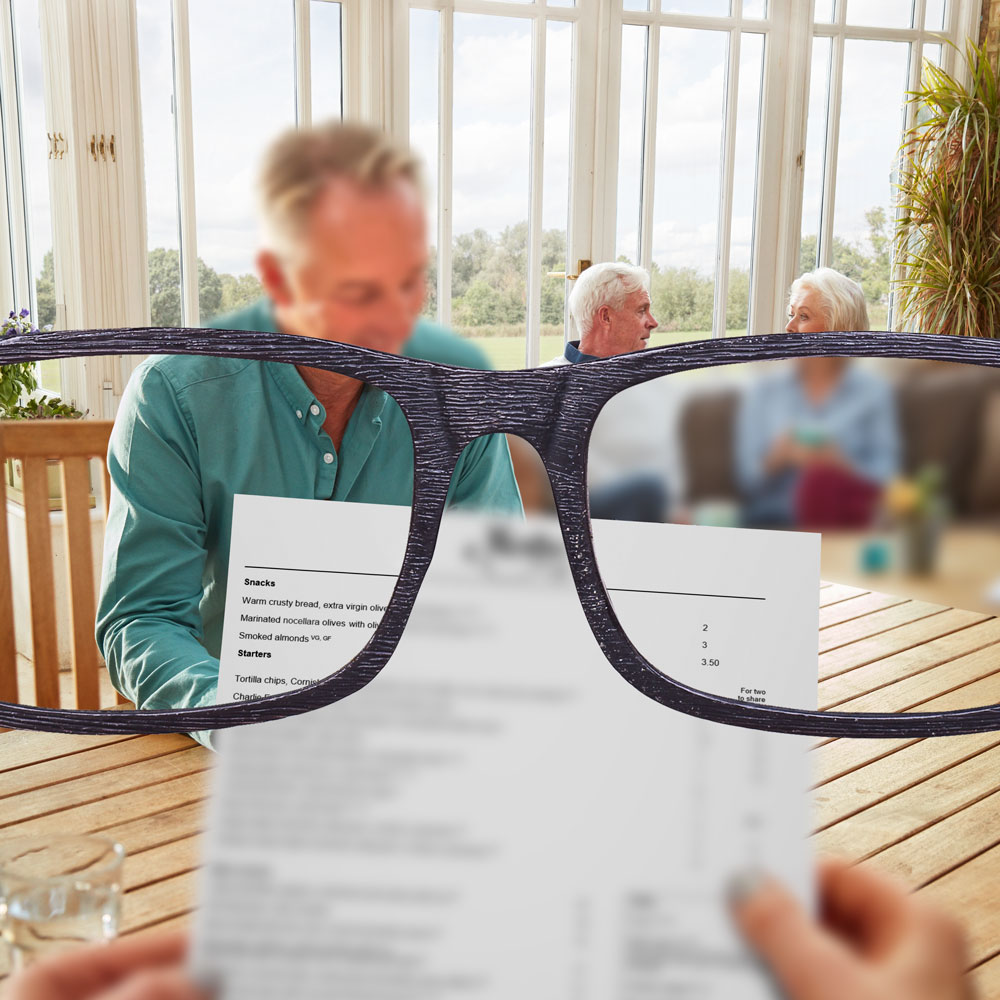Monofocal IOLs
A monofocal IOL has a single point of focus that typically only allows you to clearly see objects in the distance (e.g. driving, cycling, watching TV). For objects and activities that require your intermediate (e.g. using your computer or anything at arm’s length) and near (e.g. reading, writing, using your mobile phone) vision you will need to wear glasses.
Monofocal IOLs are often the standard level of care offered by public hospitals for cataract surgery.


Monofocal visual outcomes
Traditional Monofocal IOLs
The traditional monofocal IOLs offered by Rayner are RayOne Spheric and RayOne Aspheric. All Rayner IOLs are made of a hydrophilic acrylic material which is highly biocompatible and doesn’t react with living tissue, safely lasting you a lifetime.
All Rayner’s traditional monofocal IOLs are designed to provide you with high-quality distance vision without the need for glasses and are incredibly stable and secure once inside the eye.

What can I see clearly with a monofocal lens?
RayOne EMV IOLs
Rayner also offers the RayOne EMV IOL, which is designed to restore clear distance vision for everyday activities like driving or watching TV – its aspheric (slightly curved) surface additionally helps improve distance vision in low-light conditions, such as indoors or at dusk.
RayOne EMV is designed to provide consistent vision results across a wide range of cornea shapes.
RayOne EMV Toric
RayOne EMV Toric provides the same clear distance vision as RayOne EMV but is additionally designed to correct any astigmatism on your cornea.

1Royo, M. RayOne EMV and TECNIS Eyhance: A Comparative Clinical Defocus Curve. Data on file. 2021.
2Buckhurst, P et al. Assessment of dysphotopsia in pseudophakic subjects with multifocal intraocular lenses. BMJ Open Ophthalmol. 2017; 1(1).
3Zhang F, Sugar A, Barrett G. Pseudophakic monovision: A clinical guide. Thieme. 2018.






